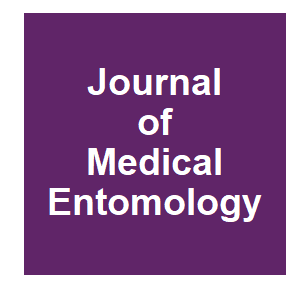When More is Less: Mosquito Population Suppression Using Sterile, Incompatible and Genetically Modified Male Mosquitoes

|
S. L. Dobson,
Journal of Medical Entomology,
58:1980-1986.
2021.

The current review of the Sterile Insect Technique (SIT) is motivated by new technologies and the recent renaissance of male release field trials, which is driving an evolution in mosquito control and regulation. Practitioners that are releasing male mosquitoes would do well to learn from past successes and failures, including political and public engagement complications. With examples that include nuanced integrations of the different technologies, e.g., combinations of Wolbachia and irradiation, it is critical that scientists understand and communicate accurately about the technologies, including their evolving management by different regulatory agencies in the USA. Some male release approaches are considered ‘pesticides’ and regulated by federal and state agencies, while other male release approaches are unregulated. It is important to consider how the new technologies fit with the more ‘traditional’ chemical applications of adulticides and larvicides. The economics of male release programs are substantially different from traditional control costs, which can be a challenge to their adoption by abatement districts. However, there is substantial need to overcome these complications and challenges, because the problem with invasive mosquitoes grows ever worse with factors that include insecticide resistance, globalization and climate change. More related to this: Sterile Insect Techniques, GE mosquitoes and gene drives The impact of releasing sterile mosquitoes on malaria transmission Technology Factsheet: Gene Drives Release 750 Million Genetically Modified Mosquitoes Into the Wild, They Said
|



